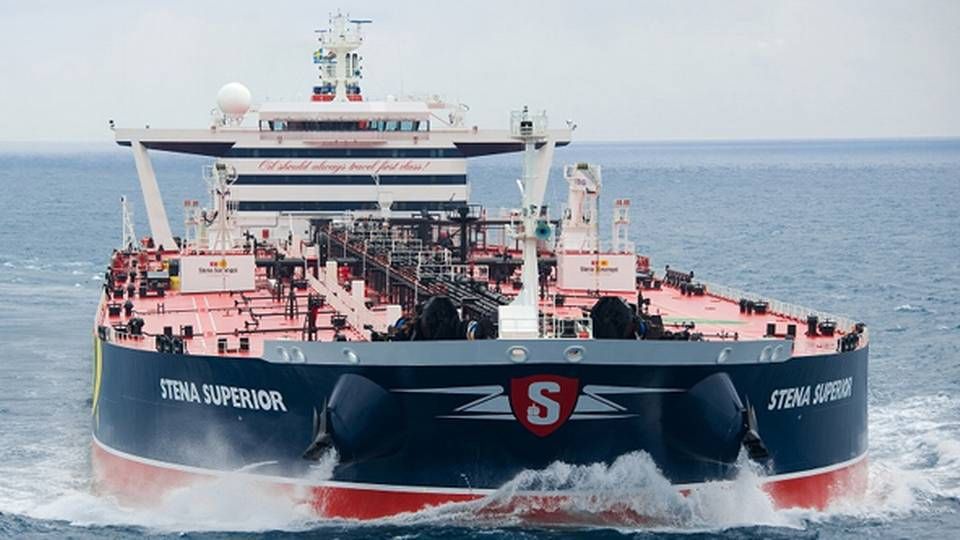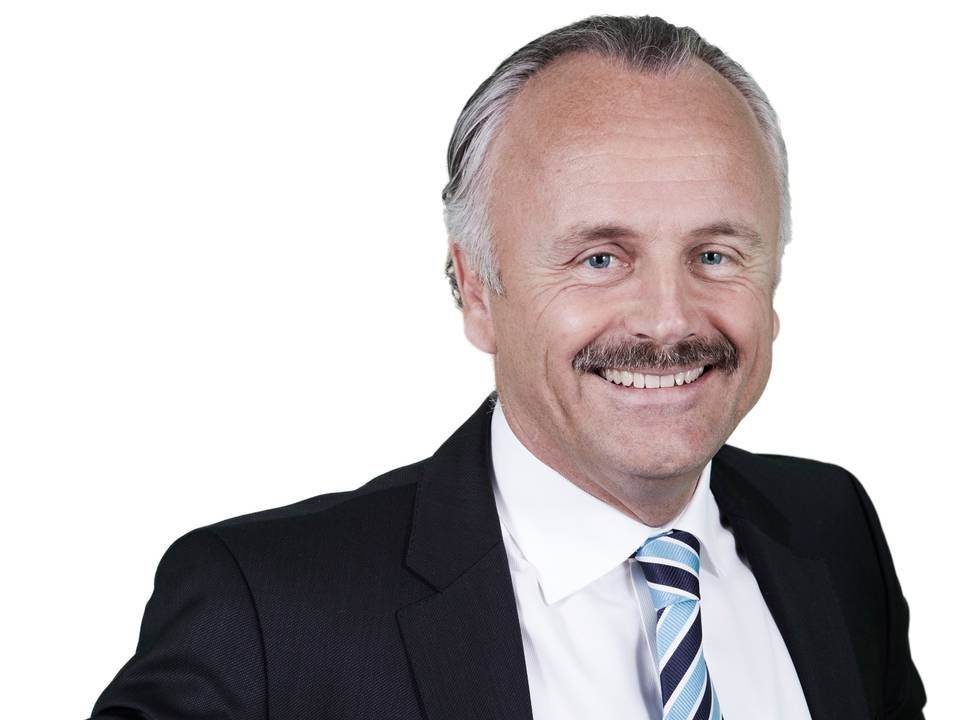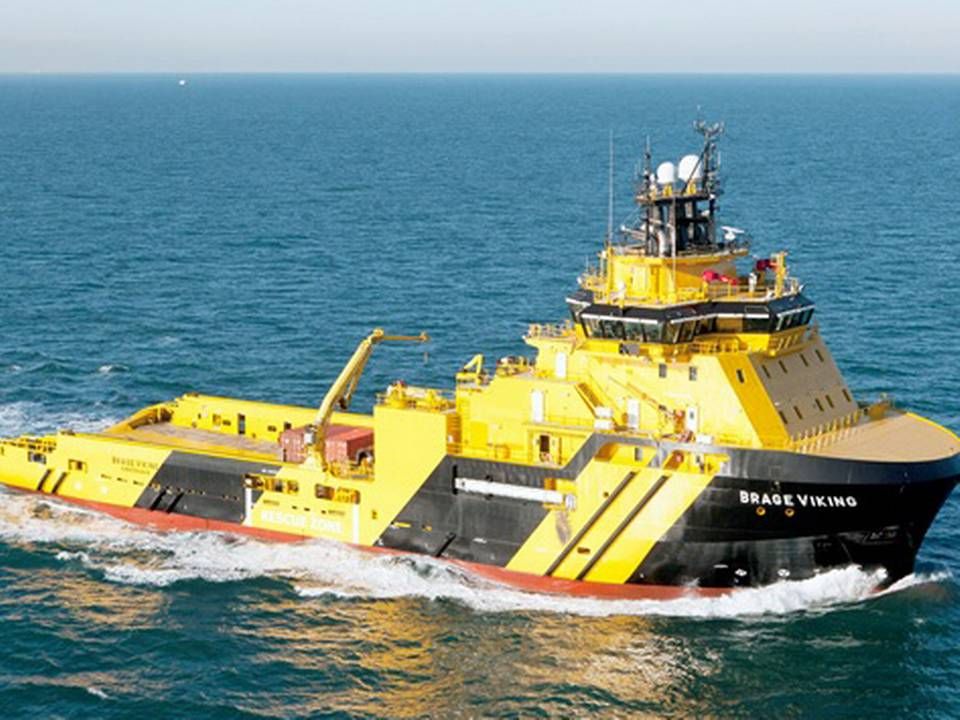Stena CEO: The market has reached rock-bottom

Offshore is a fairly good market, while the tanker market is very depressed and the ferry market is facing major challenges in the years to come. This is more or less one way to describe the status of shipping company Stena. The carrier consists of the three core business units, and it is also this structure that safeguards the company, says Carl-Johan Hagman, CEO of Shipping, Ferries and Drilling at Stena.
"We're a well-known company with fairly easy access to capital, and our strategy is to have plenty of capital ready so that we're always available to coming jobs," he says, adding:
"When there's general overcapacity in many places in the market, it's important for us to have three segments so that we can always be active in one area if another area is a little quiet. Another thing that keeps us going is our family ownership, which gives us a different kind of freedom than other companies have. We're also betting on globalization in several of our companies and we have many different partnerships in place."
He points to Stena Weco as one example, a product tanker collaboration between Stena Bulk and Danish Dannebrog.
Tanker weighing down
And the company needs various tools in order to get Stena's shipping division up and running in top gear. The market looks particularly weak in the tanker division.
"We were actually quite encouraged at the beginning of the year. We had a solid demand and thought things would work out fine. But recently we've seen a lot of private equity money flood into the market. As soon as the market improves new ships are ordered, and then the positive development quickly disappears again. It's completely depressing that the market is so fundamentally damaged," says Carl-Johan Hagman.
The solution is to try to work around the most popular aspects of the market, he says.
"We're trying to get to the niches, which means finding new geographical locations and seizing certain key cargoes there, because there's no payoff from staying in the main markets. LNG is another niche we're trying out, and we certainly believe in it in the long term."
Environmental regulations a major problem for ferries
The ferry business with Stena Line's 24 different services continues to be a solid business, but the carrier is struggling with the slowdown of the European growth. And meanwhile, the carrier - like colleagues such DFDS and Finnlines - is challenged by the environmental regulations regarding sulphur content in ship fuel that are set to come into force on January 1st 2015 in a big part of Stena's ferry market.
"We're worried that a lot of the traffic will move onto the roads instead even though ships are the most environmental and cheapest option. We're not pleased that we have to implement a rate increase that could make customers leave. Shipowners may end up relocating ships from the European sulphur emission control areas (ECA) to other regions where the regulations don't apply," says Carl-Johan Hagman.
Stena's concerns focus on many of the same factors as feared by the Danish carriers, namely that the sulphur regulations will come into force but will not be enforced, enabling some carriers to flaunt the regulations when sailing in and out of the ECA zones, while carriers such as Stena, which operates services within the ECA zones, has no choice but to comply with the regulations.
Bright spot in offshore
Unlike the other two units, management is not so concerned about Stena's offshore and drilling segment.
"Even though some of the big oil companies are reducing their exploration activities, the oil price is still high and this will drive the underlying trend to find more oil. But there is some cause for concern in terms of supply. There's a lot of capacity, a lot rigs, flooding into the market," says Carl-Johan Hagman.
Stena has seven ships in the offshore and drilling segment, divided into four drilling vessels and three semi-submersible rigs. The carrier competes with major operators such as Seadrill and Transocean, compared to whom Stena is a minor player.
Concordia Maritime: Major threats to product tanker
Related articles
Concordia Maritime: Major threats to product tanker
For subscribers
Stena Weco sets record in 2013
For subscribers
Transatlantic to be split into two carriers
For subscribers





















